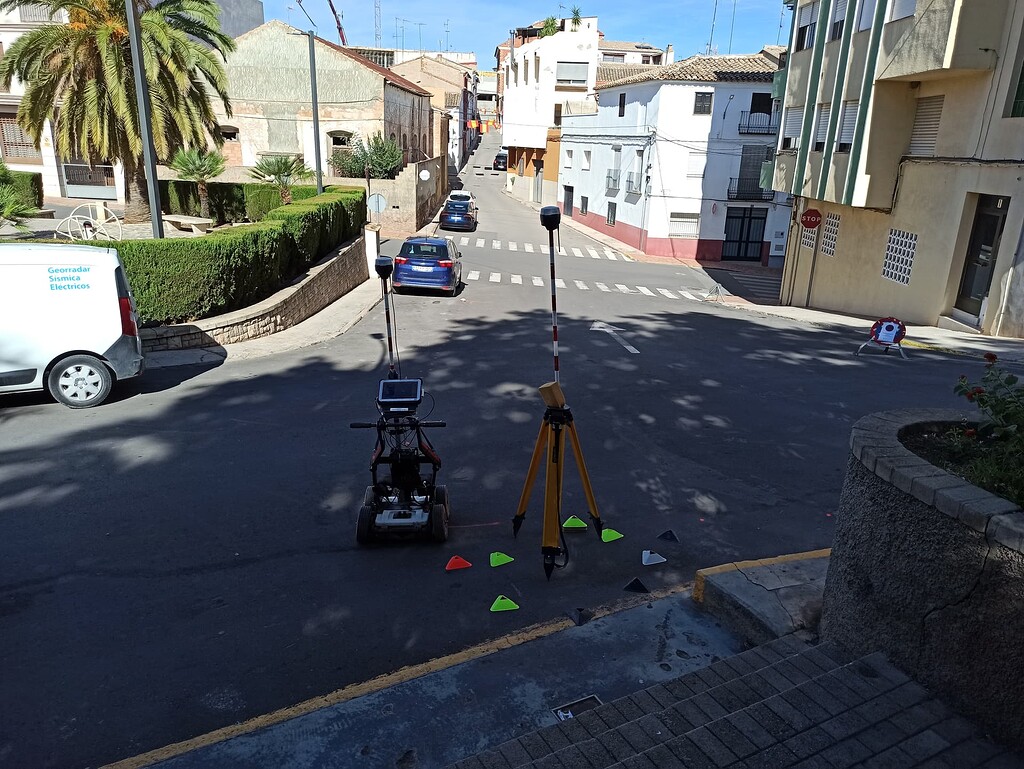

#QTOX CONNECTION PROBLEMS TORRENT#
The difference is what's under the hood.įor the unique decentralized network between nodes, Tox uses it's own protocol which is largely based on principles of torrent DHT (Distributed sloppy Hash Table). The videoĪs you can see in the picture above video chatting works very similarly to Skype or any other video software. Start a video call, transfer files or send IM messages.

If the connection succeeds then the client shows those friends Requests to complete the connection between the two client devices.Ĭlient comes online it tries to connect to everyone in the friends Malicious users cannot easily guess the combination of nospam number and client_id easily enough to spam new requests to users in the network. If it’s not the same it gets denied without user intervention. This works by adding a special number to friend requests which must be the same as the user’s nospam number. This prevents users on the network from spamming friend requests to everyone. Finally, friend request packets in Tox all include a nospam number. The long term keys and is generated for every session. ThisĪssociates every node in the DHT with a keypair that is not related to Makes this attack less useful by using the idea of onion routing. Identify users in a pure DHT-based network just by their IP address. For security, Tox uses onion data to prevent tracking of users in the network.
#QTOX CONNECTION PROBLEMS ANDROID#
There are also Android clients (Antox) and iOS clients (Antidote) in various forms of development. qTox is the most popular because it is a QT based client that works on Windows, Linux, OSX, and FreeBSD. There are a variety of Tox clients on multiple operating systems. Because Tox is a core protocol library you still need a program to interface with the protocol and connect to other users. Tox is connected by a P2P (peer-to-peer) network that connects chats directly between people, unlike Jitsi which uses a centralized server. All communications between users are encrypted using the peer audited NaCl crypto library, and this encryption cannot be turned off. Tox is a core library that connects users using a proprietary protocol. A registrar node is a special type of end node that accepts REGISTER requests from a UA, and places the information received in a location service to link an IP address to the SIP URI of the agent. Each resource in an SIP network has a uniform resource identifier (URI) that can be used to address that resource. In addition, intermediate nodes exist called proxy servers which route information through the network from the UAC to the UAS and vice versa. These roles are adopted for the duration of the SIP transaction.

(UAS), which receives the requests and returns a SIP response. UA can act as a User Agent Client (UAC), which sends SIP requests, or a User Agent Server Įach end node involved in an SIP communications network is called an SIP user agent. These transactions are used for setting up and taking down voice and video calls. One SIP transaction consists of a request sent by the client to the server, which calls a function on the server and a response back to the client. For encryption, Jitsi supports use of Transport-Layer Security (TLS) in conjunction with SIP. In addition, SIP uses other application protocols including Real-time Transport Protocol (RTP) for the transmission of voice and video data. Underlying transport protocol, meaning that SIP network communicationsĬan occur over TCP, UDP, and SCTP. For our purposes, we will make use of the SIP communications protocol for testing and comparison with the Tox protocol.


 0 kommentar(er)
0 kommentar(er)
